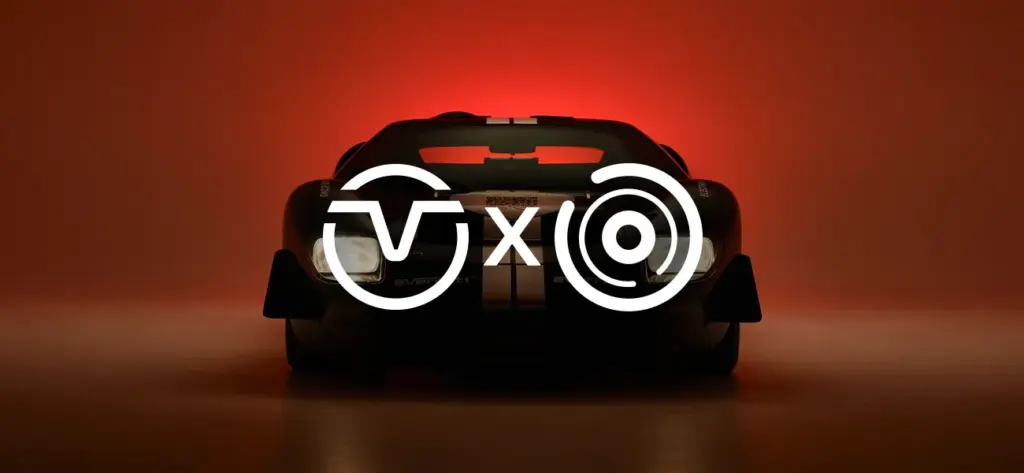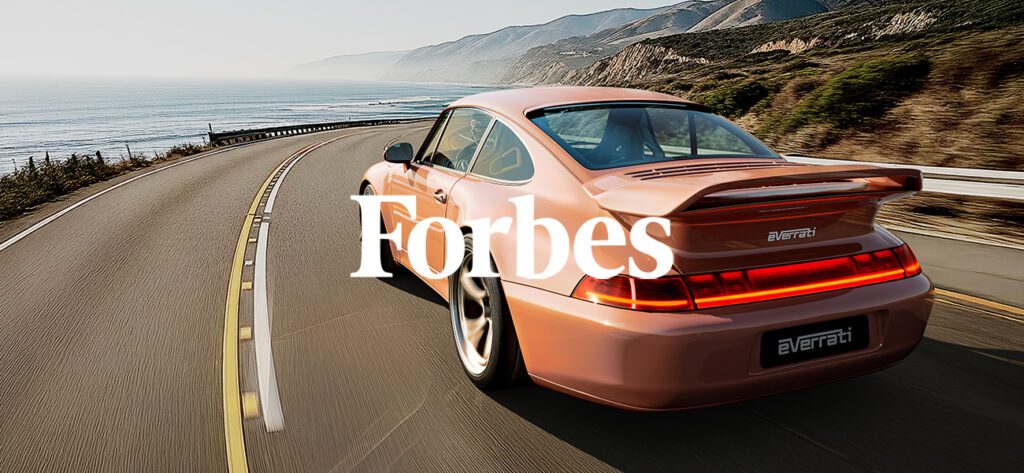Everrati Automotive are making old-school roadsters eco-friendly with such care and technical prowess that the only difference is the sound. David Green reports
Have you ever dreamt about owning a classic car and driving it through the countryside on a beautiful sunny day? You may have taken the fantasy further and zoned in on one of the all-time greats — the Paul Bracq-designed W113 by Mercedes from the 1960s, known to many by its nickname, the Pagoda. Elegant, clean lines on the bodywork form an instantly recognisable and seductive roadster. It’s a lovely thought… But then practicality rears its ugly head. The car is marvellous, but it is over 50 years old. You realise the engine will need maintenance. And then there’s a pang of eco guilt, which may dispel the dream entirely.
Everrati Automotive may be able to take you back to that happy place. The British firm was started by Justin Lunny, and its party piece is to take a well-known, hall-of-fame classic car, remove the old oil burner and replace it with modern, clean electric motors. Controversial to some, blood-boilingly blasphemous to others, yet the idea comes from a good place and may even be a way to keep these cars on the road for longer. Lunny loved cars from a young age, but his background was in fintech. Two things made him change course with his career. His daughter, seven at the time, was worried about the environment, which made him think about moving into a clean tech business. Watching Harry and Meghan drive away from their wedding in a converted electric E-Type Jaguar sealed the deal.

The Everrati version of the Pagoda starts from a very good place. This Sixties Mercedes roadster is a pretty car, but technically it was also way beyond some of its contemporaries. More than 50 years later and it still benefits from Mercedes’s legendary overengineering. Once the engine has been removed, the donor car is subject to a complete restoration. Everatti’s methodology uses recognised, best-in-class third-party industry experts to carry out the restoration work. Lunny’s team then utilise a portfolio of components for the electric conversion, which is managed by Everrati’s own systems. In this case a potent Helix electric motor, otherwise used in some of the most powerful electric hypercars, has been recalibrated to provide smooth and more than adequate power for a car that is intended to be more for cruising than hustling. The Standard battery pack will provide 160 miles of travel on a full charge, and a Touring version gives an extended 200 miles range, with sub-seven- seconds 0-60mph acceleration… Far quicker than this car was capable of in its heyday.
Everrati’s USP is to essentially disguise the electric conversion. The only giveaway for an onlooker would be the lack of sound as this exquisite convertible glides by. Crucially, everything Everrati does can be reversed — which goes a long way toward quieting the naysayers. Theoretically you could store the original engine and refit it, if that was your want. This can remove any worries about future values for potential customers.

Inside, the deception continues, and tastefully. The old switchgear has been utilised to control the new electric functions; the gearlever is still the gearlever to select drive modes, with no Back to the Future clunky additions to give away the car’s modern underpinnings. The display has been discreetly modernised to give you the range, but not so that anyone other than an eagle-eyed classic car aficionado would notice it. Modern touches such as Bluetooth integration of the old-school radio and heated seats are there, but unnoticeable. The leather seats, which look identical to the originals, can be ordered in Bridge of Weir leather — the Scottish company that provides the world’s lowest-carbon leather in the automotive industry.
This all contributes to the illusion that you are driving a “normal” old classic. Look away, nothing to see or hear here. Only a beautiful Pagoda wafting along in ethereal silence with not a hint of smoke pluming from the rear. The fuel cap is now the charging port. This is automotive heresy to some, but when you see the care and attention that has gone into these cars, it is hard not to be impressed. Everrati’s clients are global, with the UK, US and UAE being the current main markets. The Pagoda is not the only model in the line-up. They have also converted early Land Rover Series cars and Porsche 911s. As you would imagine, the restoration is not a low-cost exercise. The electrified Mercedes-Benz SL W113 Pagoda by Everrati starts at £330,000, plus local taxes and donor car.
Many of its customers run Tesla or Lucids as their daily driver, but when, say, a tech entrepreneur fancies a weekend warrior car, it’s hard for them to justify a smoke-belching sports car… even if it is a classic. That’s where Everrati can step in. It’s a fascinating product, and for many driving a perfectly restored Pagoda in near silence will reignite that classic car daydream.
Source: The Times






